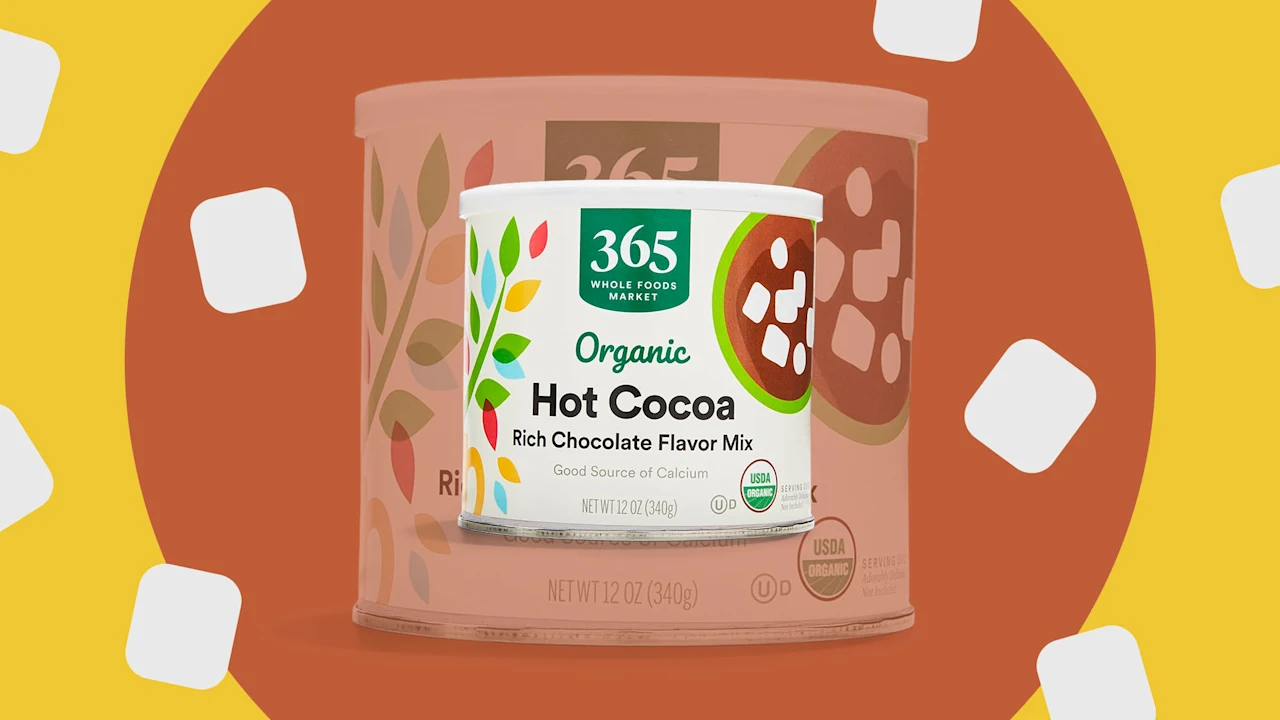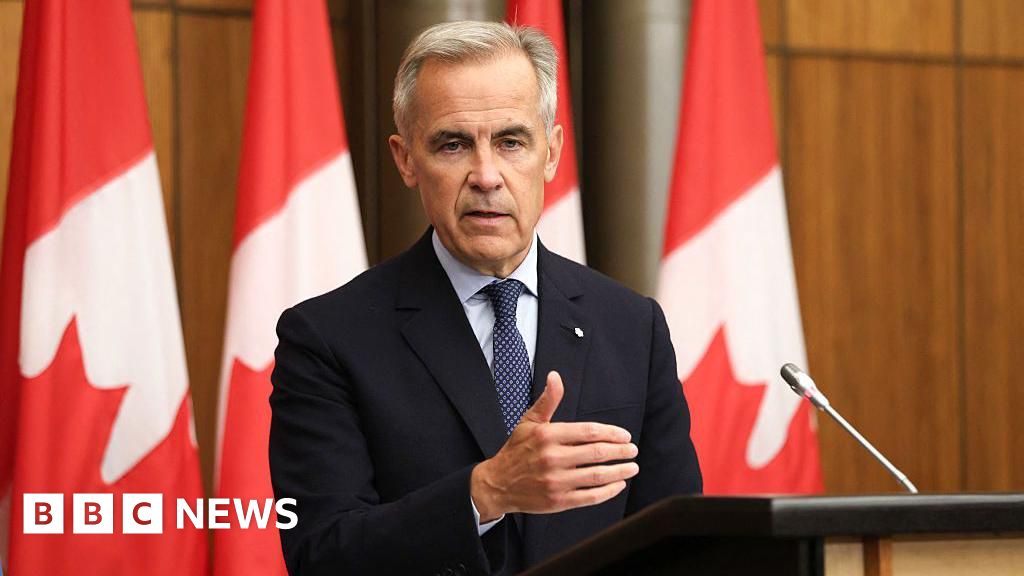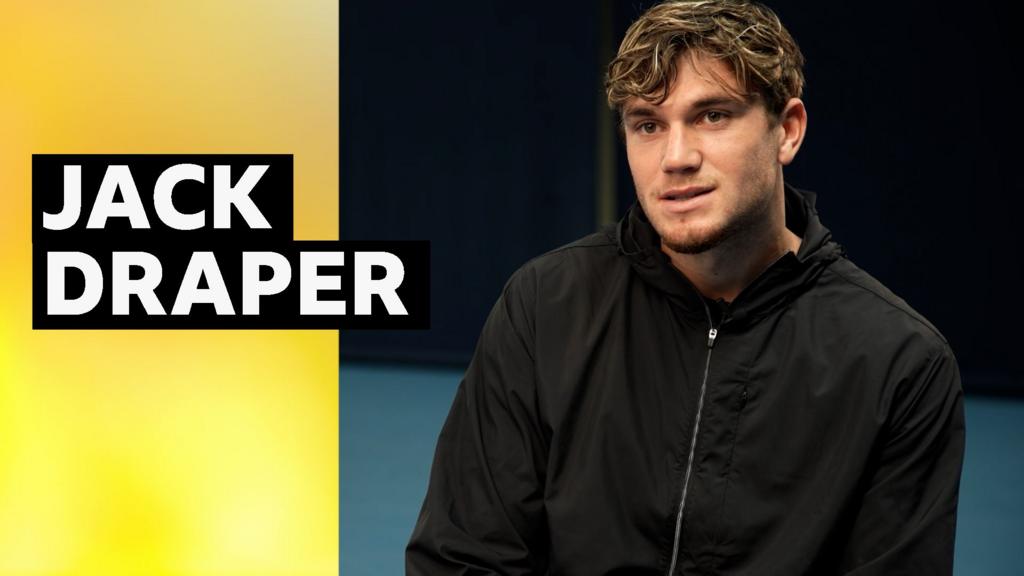Whole Foods settles class action lawsuit over hot cocoa packaging. Here’s how much you could get

Companies have several ways to increase their bottom lines. The first way is to raise the prices of products. But doing so can lead to fewer sales. Instead, some companies reduce the amount of product inside a package (or increase the size of the package without increasing the amount of product) while keeping the price the same, which helps reduce upfront costs.
This practice is known as shinkflation, and it’s one that frequently annoys customers. But customers occasionally fight back. A group of California consumers brought a shrinkflation-related class action lawsuit against Amazon-owned Whole Foods Market, and the grocery store chain’s local subsidiary has agreed to settle, offering cash payments to those affected. Here’s what you need to know.
What’s happened?
Whole Foods Market was hit with a class action lawsuit in California alleging that the company misled customers by selling two items that contained less product inside the packaging than the customers were led to believe based on the packaging’s size.
Those two products were:
- 12 oz cannister of 365 Organic Hot Cocoa Rich Chocolate Flavor Mix
- 12 oz cannister of 365 Everyday Value Organic Hot Cocoa Rich Chocolate Flavor Mix
The products were sold under Whole Foods’ 365 Organic brand.
According to a website run by the settlement administrator, the claimants allege that Whole Foods “mislabeled the Product by selling the cocoa mix in large and opaque cannisters that contained non-functional empty space and that California consumers, in reliance on the size of the cannister, believed they were purchasing more cocoa powder than they got for the price they paid.”
Whole Foods Market in California has opted to settle the lawsuit. Fast Company reached out to the grocery chain for comment.
Slack-fill and shrinkflation
The class action lawsuit refers to “slack-fill,” which is essentially the empty space inside a package of product. Companies sometimes use this space in ways that lead consumers to believe that the package contains more product than it actually does. Slack-fill misuse is more commonly known as shrinkflation by the general public.
While companies have no doubt engaged in shrinkflation for decades, the practice has gained significant attention in the last 10 to 15 years, largely due to the rise of social media. Consumers could finally share their shirnkflation findings and grievances with the wider population—and post photos of shirnkflation in action.
And it’s not just consumers who despise shirnkflation. The previous Biden administration called the practice out as companies engaged in it during times of inflationary pressures.
Many fear shrinkflation will rear its ugly head again in full force as companies look for ways to recoup costs incurred by President Trump’s tariffs.
Of course, manufacturers are not alone in engaging in shrinkflation. Restaurants, for example, have been caught putting less food on plates.
Given the disdain that consumers have for shirnkflation, it’s little surprise that the alleged practice would result in legal action.
The Whole Foods shrinkflation settlement
In settling the class action lawsuit brought against it, Whole Foods has agreed to pay $650,000 while admitting no wrongdoing (something that is common for class action settlements).
However, the class action lawsuit settlement only covers people in California who bought the affected products between November 3, 2017, and March 13, 2025.
And while $650,000 might sound like a lot, the actual amount the average claimant is expected to get is just a few bucks. According to the class action website, “the prorated settlement check amount will be approximately $2.90” for members of the settlement class.
You can find full details on the settlement and whether you are entitled to part of it on the class action settlement website here. All claim forms must be submitted by October 14, 2025.
What's Your Reaction?
 Like
0
Like
0
 Dislike
0
Dislike
0
 Love
0
Love
0
 Funny
0
Funny
0
 Angry
0
Angry
0
 Sad
0
Sad
0
 Wow
0
Wow
0


























































































